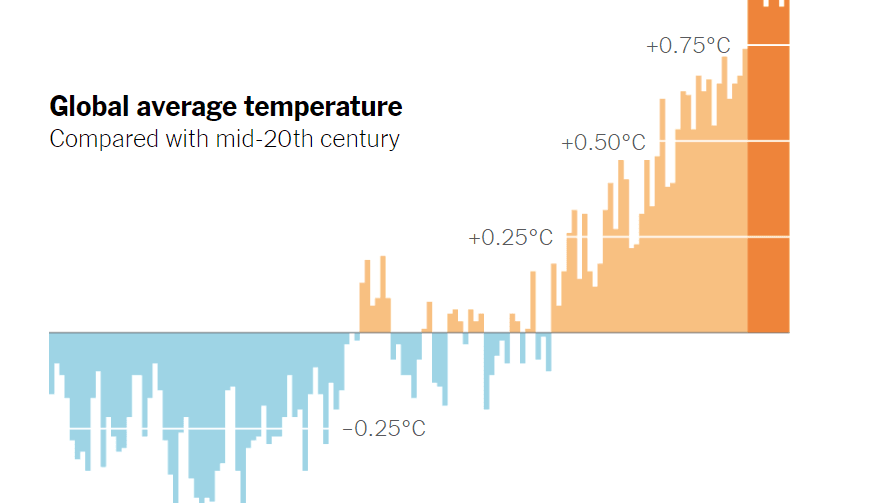SpaceX is poised for yet another major milestone in its quest to revolutionize global communications and space operations. This Sunday, the private aerospace company has scheduled a Falcon 9 rocket launch from Vandenberg Space Force Base in California, as part of the latest addition to its Starlink satellite internet constellation.
The launch, known as the Starlink 11-10 mission, will carry aboard 23 Starlink V2 Mini satellites. These second-generation satellites are engineered to improve broadband communications coverage, specifically targeting underserved and rural areas around the globe. As with its previous missions, this launch further underscores SpaceX’s dedication to offering affordable internet access to all corners of the Earth.
The Falcon 9 rocket is a two-stage launch vehicle designed for reliable and reusable missions. On Sunday, the rocket is set to lift off from Space Launch Complex 4 East at Vandenberg Space Force Base. The designated launch window opens at 4:03 p.m. local time, and if necessary, the window allows additional launch opportunities until 8:03 p.m. Backup opportunities for launch are also available for the following days, highlighting the meticulous planning behind every SpaceX venture.
Vandenberg Space Force Base, located on California’s picturesque Central Coast, serves as an optimal site for launches that deliver payloads to polar orbits. These orbits are especially advantageous for Earth observation satellites and are crucial to SpaceX’s plans for an expansive satellite network. The proximity of Vandenberg to such orbital configurations makes it an ideal partner base for SpaceX missions.
This mission also continues SpaceX’s unparalleled focus on reusability. The first stage of Falcon 9, referred to as the “booster,” is designed to return to Earth for reuse in future flights. In likely continuation of this practice, Sunday’s launch will aim for a first-stage booster landing on a drone ship stationed in the Pacific Ocean. This ability to reuse key components of its rockets has allowed SpaceX to decrease costs significantly, setting SpaceX apart in the space industry.
The payload for this particular mission is noteworthy for a few reasons. The Starlink V2 Mini satellites are smaller but more powerful than their predecessors. They accommodate advancements in satellite broadband technology, including increased data throughput capacity and coverage zones. These satellites will join their predecessors in low Earth orbit (LEO), at an altitude of about 550 kilometers.
Since its inception, the Starlink program has been lauded for its capacity to set a new benchmark for satellite internet services. Critics, however, have advised caution regarding the increasing congestion of low Earth orbit and its potential to exacerbate the issue of space debris. SpaceX, in response, has implemented orbital mitigation strategies for its Starlink satellites, ensuring debris de-orbits safely upon mission end.
From a technical standpoint, the demands of each Starlink deployment emphasize the ingenuity behind SpaceX’s engineering solutions. Each satellite launch involves precision orbital insertion and is followed by an intricate choreography of satellite deployments. Sunday’s mission is no different. Once the Falcon 9 reaches its designated altitude, the rocket’s second stage will release the Starlink payload. The satellites will then unfold into position autonomously and begin their operational sequences.
This launch also coincides with a series of success milestones by SpaceX since 2010, when the Falcon 9 rocket performed its successful maiden flight. 2025 is proving to be no different in terms of achievements, as the company accelerates its back-to-back launches and new ambitious schedules at Vandenberg and other spaceports like Cape Canaveral.
The relevance of Vandenberg Space Force Base cannot be understated when examining the vibrant relationship of commercial innovation meeting military space needs. SpaceX’s partnership with Vandenberg enforces the base’s status as a hub for strategic orbital launches, while prompting advancements in United States commercial capabilities in orbit.
In addition to bolstering Starlink’s broadband services, the mission directly aligns with SpaceX’s long-term vision to interconnect the globe through state-of-the-art satellite technology. Consumers in regions lacking dependable high-speed broadband access could soon enjoy reliable connections thanks to the rapidly growing constellation in low Earth orbit.
These advances, made possible through decades of private aerospace investment, also enjoy collaboration with public entities such as NASA and the U.S. Space Force. In supporting integration into existing data networks, the combined effort ensures that the benefits of space exploration extend directly to everyday users worldwide.
As final preparations for Sunday’s launch continue, SpaceX has already expressed confidence in the mission’s success. If everything proceeds as planned, this launch will mark another step forward in addressing dynamic modern challenges: the need for universal access to fast, affordable, and dependable internet in a world increasingly reliant on digital infrastructure.
With public attention set to watch, Sunday’s mission is expected to draw a wide audience even amid routine SpaceX schedules. As always, live streams will be available on SpaceX’s official website for enthusiasts in worldwide observation.



